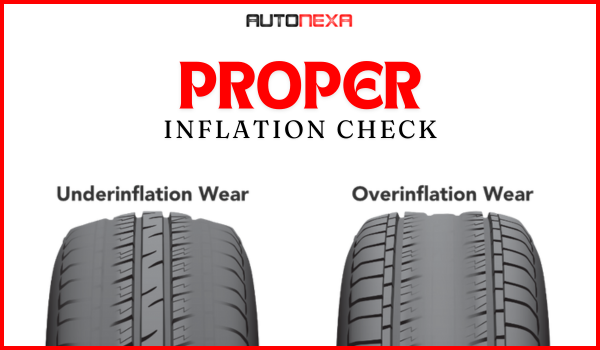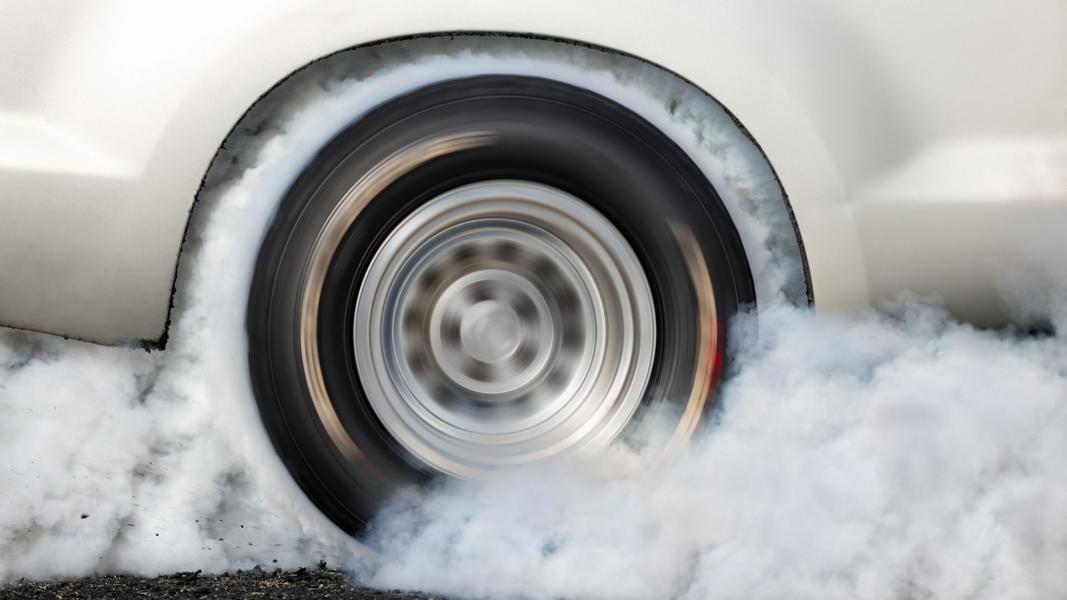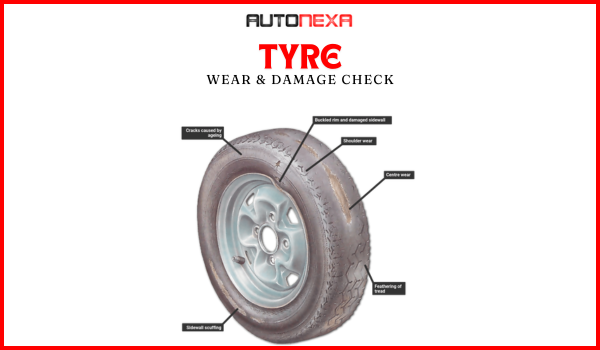Taking proper care of your vehicle's tyres is essential not only for your safety but also for optimizing performance, fuel efficiency, and longevity. Regular inspections and maintenance routines can help prevent accidents, improve handling, and extend the lifespan of your tyres. Here's an in-depth guide to tyre care and maintenance:

Proper Inflation:
Maintaining the correct tyre pressure is paramount for safety, fuel economy, and overall performance. It's advisable to check your tyre pressure at least once a month using a reliable tyre pressure gauge. Ensure that you check the pressure when the tyres are cold, as driving heats up the tyres, leading to inaccurate readings. You can also refer to your vehicle's manual located on the driver's side door jamb for the recommended tyre pressure.
- Underinflation: This is a leading cause of tyre damage and can result in reduced load capacity, increased rolling resistance, and irregular wear patterns. It also affects fuel efficiency and handling.
- Overinflation: Overinflated tyres are stiff and may lead to an uncomfortable ride, increased susceptibility to impact damage, and reduced traction. It's essential to maintain the recommended pressure to avoid these issues.

Avoid Excessive Spinning:
When your vehicle gets stuck in snow, mud, or sand, avoid excessive tyre spinning, as it can cause overheating and irreparable damage to the tyres. Instead, use a gentle rocking motion by shifting between forward and reverse gears to free the vehicle. Always ensure your safety by standing clear of spinning tyres.

Check for Wear and Damage:
Regularly inspect your tyres for signs of wear, damage, or irregularities. Look for cracks, bulges, punctures, and uneven tread wear patterns. tyres should be replaced when the tread depth reaches 1.6mm, or when the wear indicators, which appear as smooth bands in the tread grooves, become visible. Worn tyres are prone to hydroplaning and reduced traction, especially in wet conditions.
Also Read: Electric Vehicle Tyres: What Makes Them Different
Proper Repair:
If your tyres sustain damage, such as punctures or cuts, it's essential to have them inspected by a professional tyre dealer. They can determine if the damage is repairable and perform the necessary repairs following industry-standard procedures. Attempting to repair tyres yourself can compromise safety and lead to further damage.
Tyre Pressure Monitoring System (TPMS):
Many modern vehicles are equipped with a TPMS, which alerts drivers to low tyre pressure. Pay attention to any warning lights or messages on your dashboard and refer to your vehicle's manual for instructions on responding to TPMS alerts. Promptly addressing low tyre pressure can prevent damage and improve fuel efficiency.

Tyre Mounting:
Mounting tyres should always be performed by trained professionals using proper equipment and techniques. Follow manufacturer instructions and ensure that the tyre diameter matches the rim diameter. Improper mounting can lead to tyre bead damage, air leaks, and safety hazards.
Tyre Mixing:
For optimal handling and control, avoid mixing tyres of different sizes, types, or tread patterns on the same axle. It's best to install four tyres of the same size and type as recommended by the vehicle manufacturer. Mixing tyres can affect traction, braking performance, and overall stability.
Additional Guidelines:
- Fitment: When installing two tyres, fit the ones with the deepest tread depth on the rear axle for improved stability and traction.
- Radial and Non-Radial tyres: If your vehicle requires a mix of radial and non-radial tyres, install radials on the rear axle to maintain stability during cornering and braking.
- Snow and All-Season tyres: Always fit snow or all-season tyres in sets of four on performance vehicles to ensure consistent traction and handling in various weather conditions.
- Speed Ratings: Avoid fitting tyres with different speed ratings, as it can affect the vehicle's handling and stability. If different speed-rated tyres must be installed, they should be paired on the same axle to minimize differences in performance.
Vehicle Overloading:
Consult your vehicle's manual to determine its load limits and avoid overloading, which can strain tyres and compromise handling. Overloaded vehicles are prone to tyre overheating, premature wear, and increased fuel consumption. Ensure that your tyres have the load-carrying capacity specified by the vehicle manufacturer.
Suspension Maintenance:
Regularly inspect and maintain your vehicle's suspension components, including shocks, struts, and springs, to ensure proper alignment and tyre balance. Misaligned wheels, worn suspension parts, and improper balancing can cause uneven tyre wear and vibration. Rotate your tyres according to the manufacturer's recommendations or every 6,000 to 10,000 miles to promote even tread wear and extend tyre life.
By following these comprehensive tyre care and maintenance guidelines, you can enhance the safety, performance, and longevity of your vehicle's tyres. Remember that well-maintained tyres not only contribute to a smoother and more comfortable driving experience but also play a crucial role in ensuring your safety on the road.
Also Read: TVS Launches Stylish Blaze of Black Dark Edition for Apache RTR 160: Prices Begin at Rs. 1.20 Lakh









_1767593014.webp)
